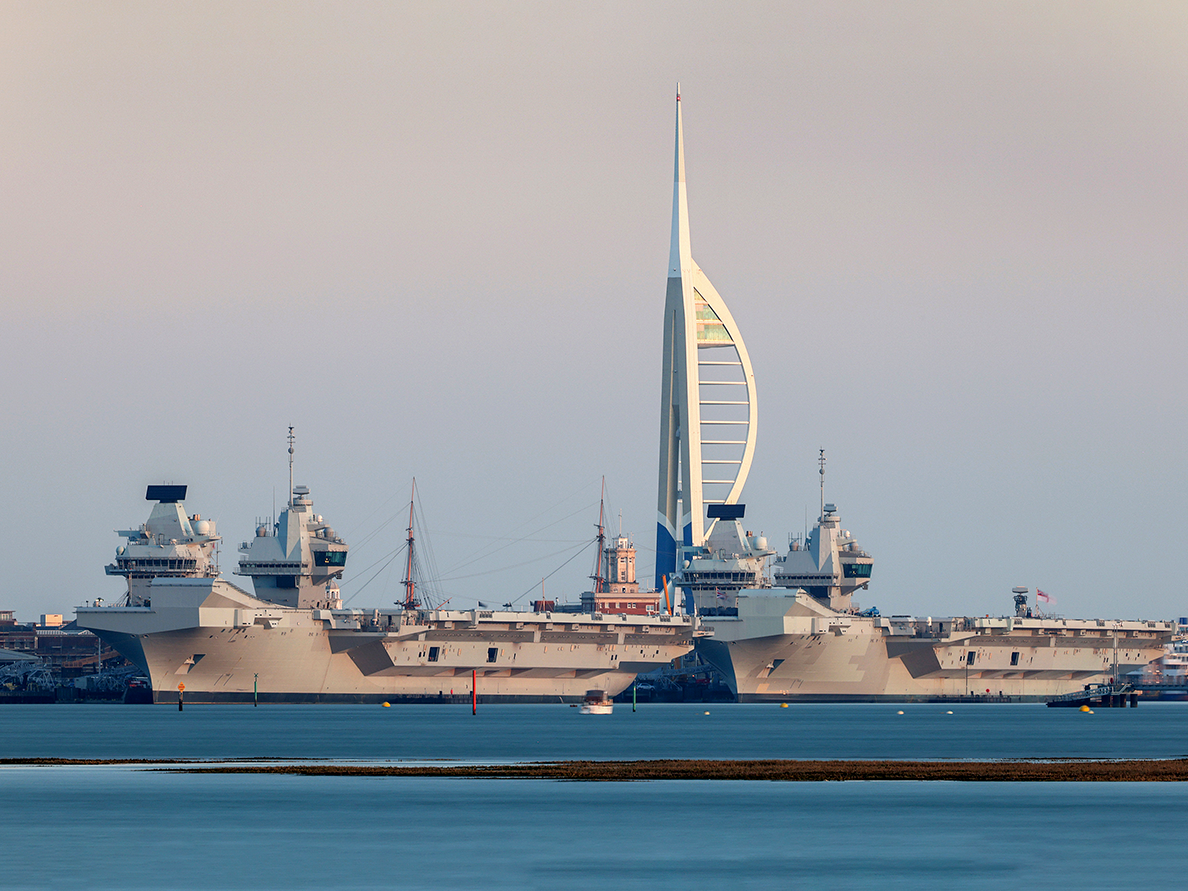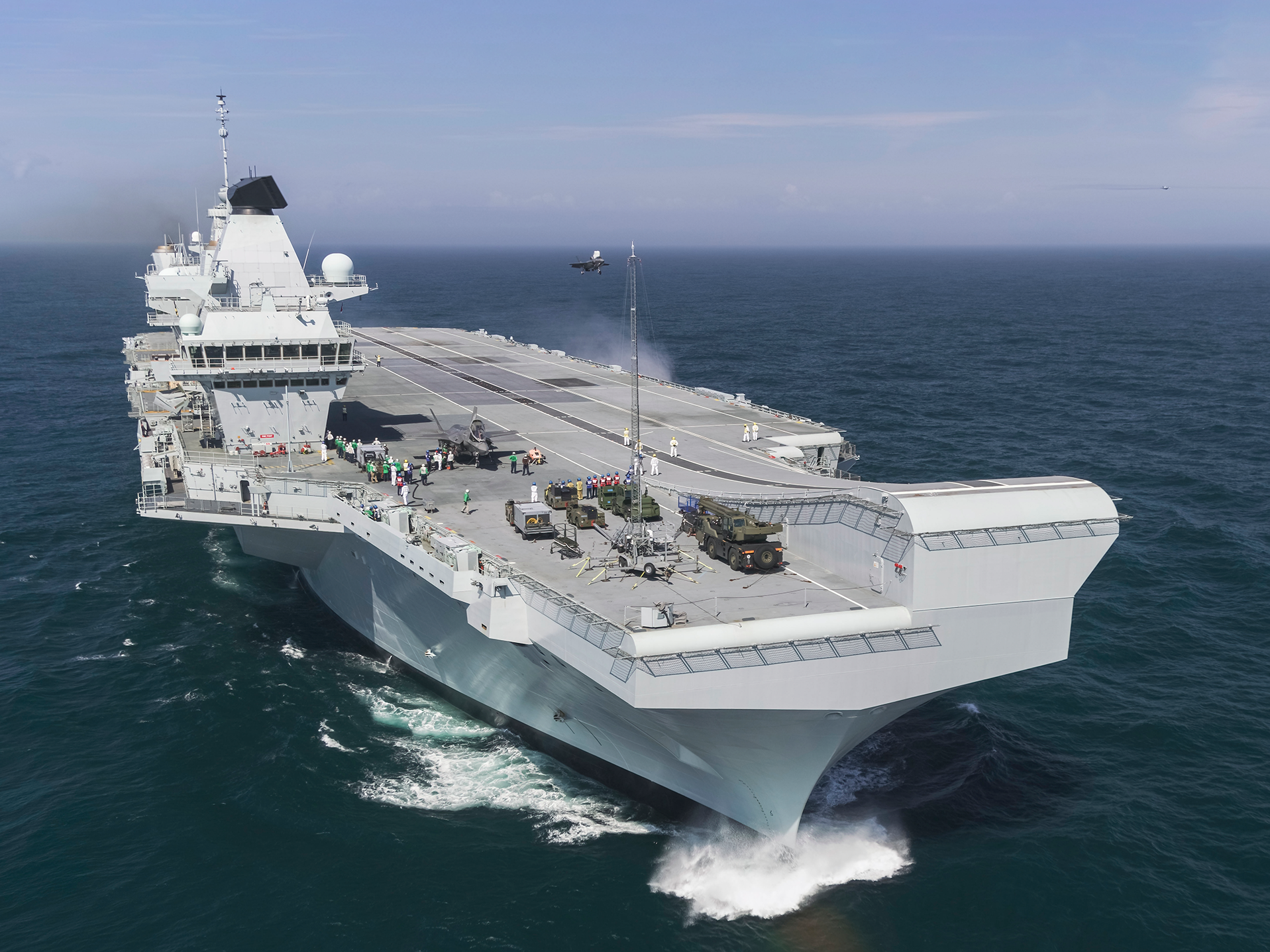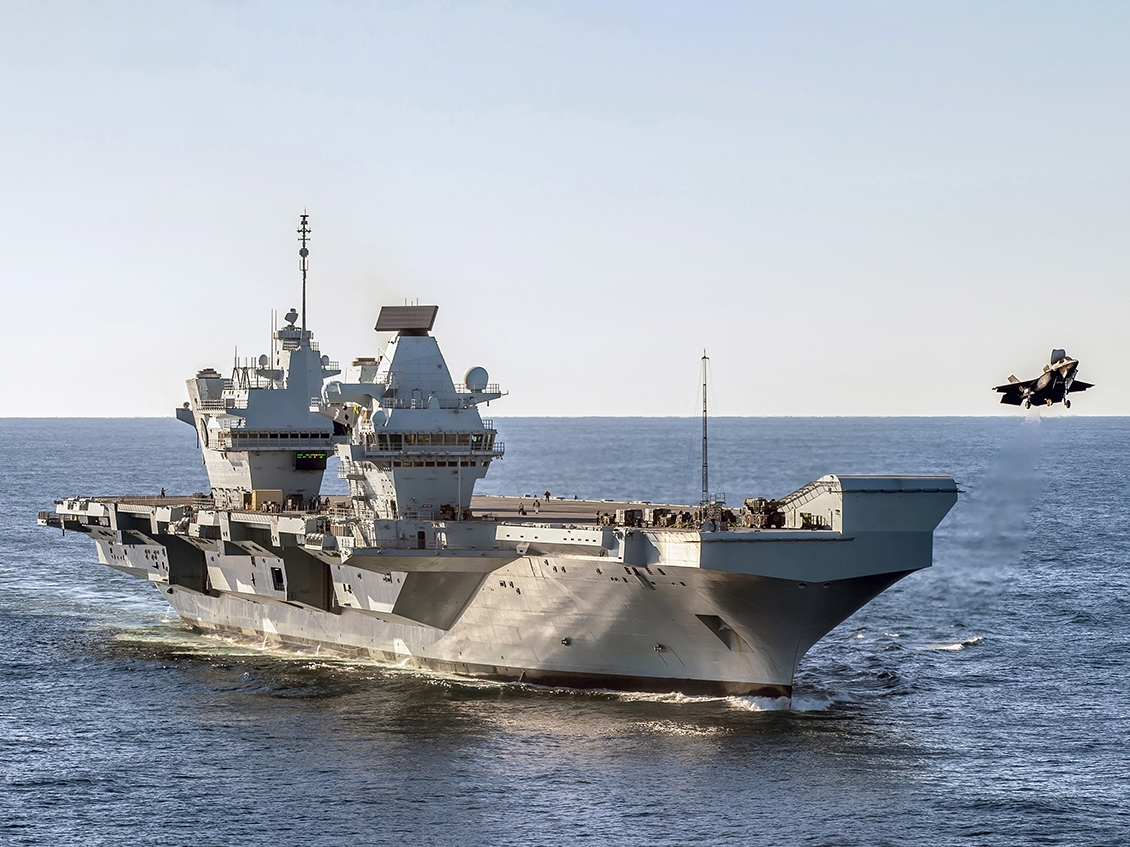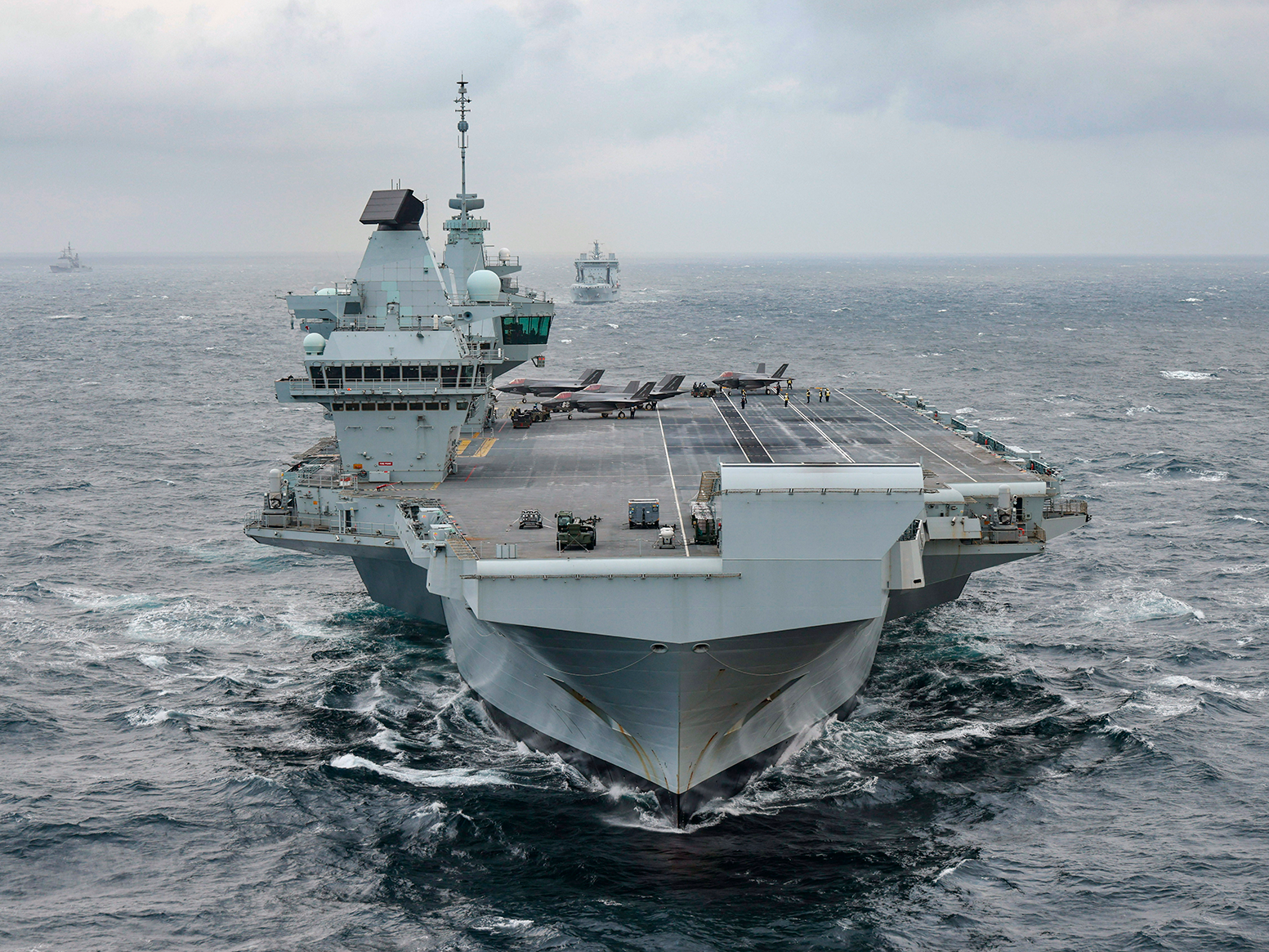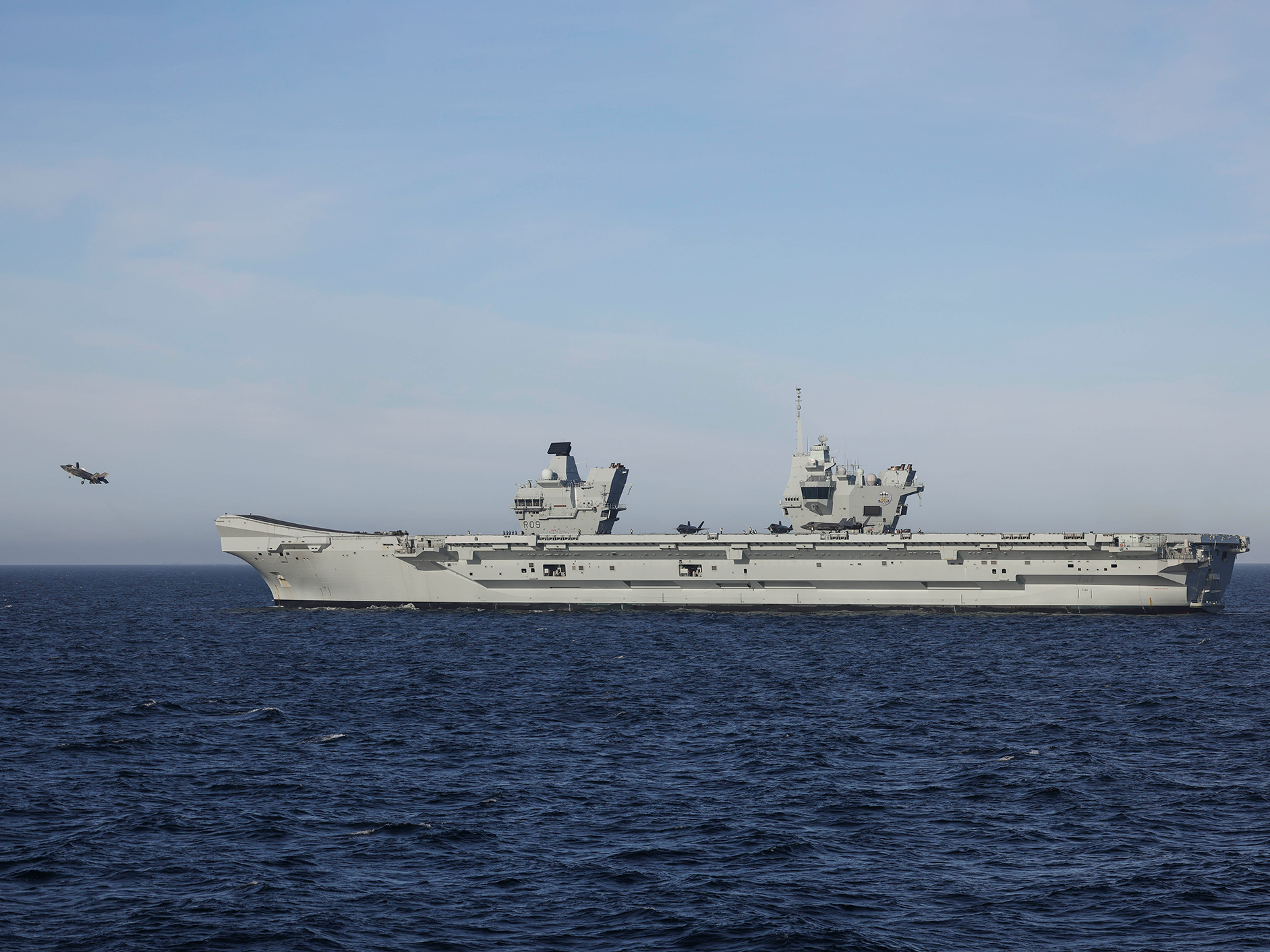Royal Navy Queen Elizabeth Class Aircraft Carriers: A Comprehensive Guide
Introduction
The Queen Elizabeth class aircraft carriers are the largest and most powerful warships ever built for the Royal Navy. Comprising HMS Queen Elizabeth and HMS Prince of Wales, these carriers symbolise Britain’s return to big-deck carrier aviation and provide a cutting-edge platform for global operations. Designed for flexibility, they are capable of operating both strike fighters and helicopters, ensuring that the United Kingdom maintains a world-class ability to project power at sea.
Origins and Design Development
By the late 1990s it was clear that the Invincible class carriers were approaching the end of their useful service life. Britain required larger, more modern vessels capable of supporting the next generation of aircraft. The Future Carrier (CVF) programme was launched to meet this need, resulting in the Queen Elizabeth class.
Construction began in the 2000s as a joint project involving shipyards across the United Kingdom. The ships are monumental in scale, displacing around 65,000 tonnes and measuring 280 metres in length. Their through-deck design, large aircraft capacity, and state-of-the-art command and control systems place them among the most advanced carriers in the world.
Ships of the Class
Two ships make up the class:
Both were built to identical designs, though their deployment patterns and operational roles vary.
HMS Queen Elizabeth (R08)
HMS Queen Elizabeth was commissioned in 2017 as the lead ship of the class. She conducted her first sea trials in 2017 and was formally declared operational in 2020.
She embarked F-35B Lightning II stealth fighters for the first time during trials in the United States, marking a significant milestone for the Royal Navy. In 2021, she deployed on her maiden operational tour, Carrier Strike Group 21, which sailed to the Indo-Pacific alongside allied navies. This deployment demonstrated the global reach of Britain’s new flagship.
HMS Queen Elizabeth continues to serve as the cornerstone of the Royal Navy’s carrier strike capability, regularly conducting exercises with NATO partners.
HMS Prince of Wales (R09)
Commissioned in 2019, HMS Prince of Wales is the second ship of the class. Like her sister, she operates both fixed-wing aircraft and helicopters, offering flexibility across strike, anti-submarine and amphibious operations.
She has participated in NATO exercises and serves as the Royal Navy’s NATO flagship, reflecting Britain’s commitment to the alliance. While her early years saw some technical challenges, she remains central to Britain’s long-term carrier strike force and complements HMS Queen Elizabeth by ensuring at least one ship of the class can be operational at any time.
Technical Features
The Queen Elizabeth class incorporates advanced technology and design features that make them the most capable ships ever to serve in the Royal Navy:
Displacement: 65,000 tonnes full load.
Length: 280 metres (920 feet).
Propulsion: Integrated electric propulsion system with gas turbines and diesel generators.
Speed: In excess of 25 knots.
Flight Deck: A vast through-deck design with a ski-jump ramp for operating V/STOL aircraft.
Aircraft Capacity: Up to 36 F-35B fighters plus 14 helicopters, with flexibility depending on mission requirements.
Crew: Around 700, increasing to 1,600 with embarked air group.
Command Facilities: Equipped with one of the most advanced maritime command and control systems in the world.
These carriers are built to support not only strike operations but also amphibious assaults, humanitarian aid and disaster relief, making them among the most versatile warships afloat.
Operational Role and Strategic Importance
The Queen Elizabeth class marks the United Kingdom’s return to true carrier strike capability after nearly a decade without fixed-wing carriers. They provide the flexibility to project air power globally, support NATO and coalition operations, and serve as a deterrent to potential adversaries.
Their ability to operate the fifth-generation F-35B Lightning II places them at the forefront of modern naval aviation. Beyond combat roles, they are equally suited to humanitarian and disaster relief missions, reflecting their adaptability.
With two ships in service, the Royal Navy can maintain continuous carrier strike availability, a critical factor in sustaining Britain’s global presence.
Conclusion
The Queen Elizabeth class aircraft carriers represent the future of British maritime power. As the largest warships ever built for the Royal Navy, they embody cutting-edge technology, flexibility and strength. With their combination of F-35B fighters, helicopters, advanced sensors and command facilities, they ensure Britain remains a leading naval power in the twenty-first century.
The carriers have already proven their worth in global operations, and as they mature into full service they will shape the Royal Navy’s role for decades to come.


